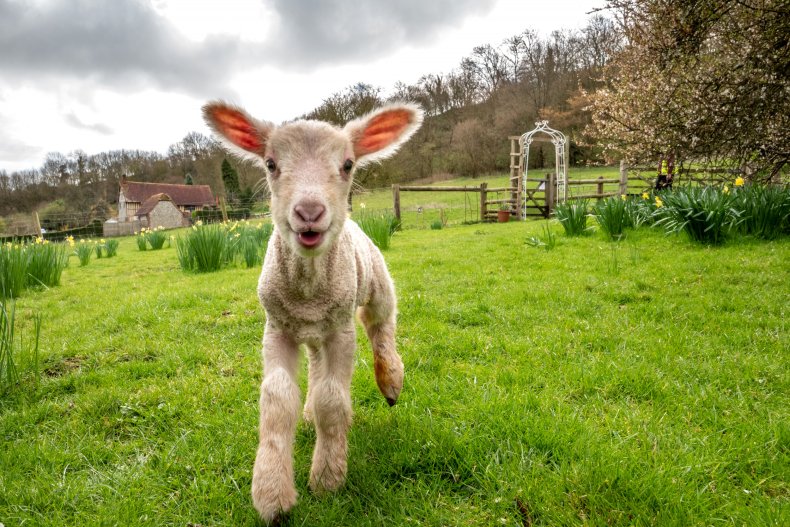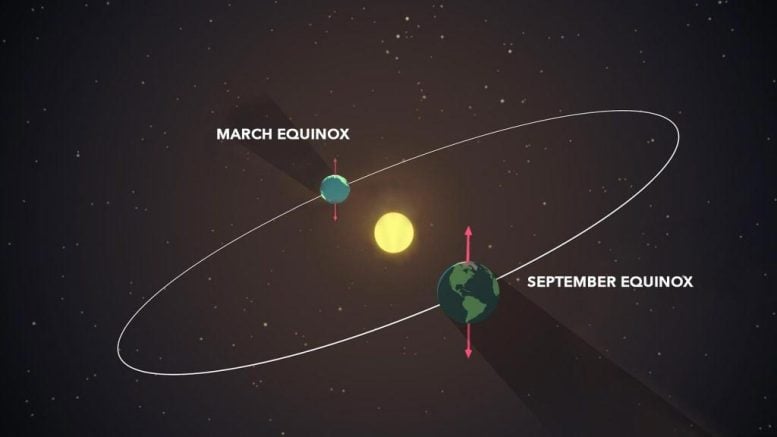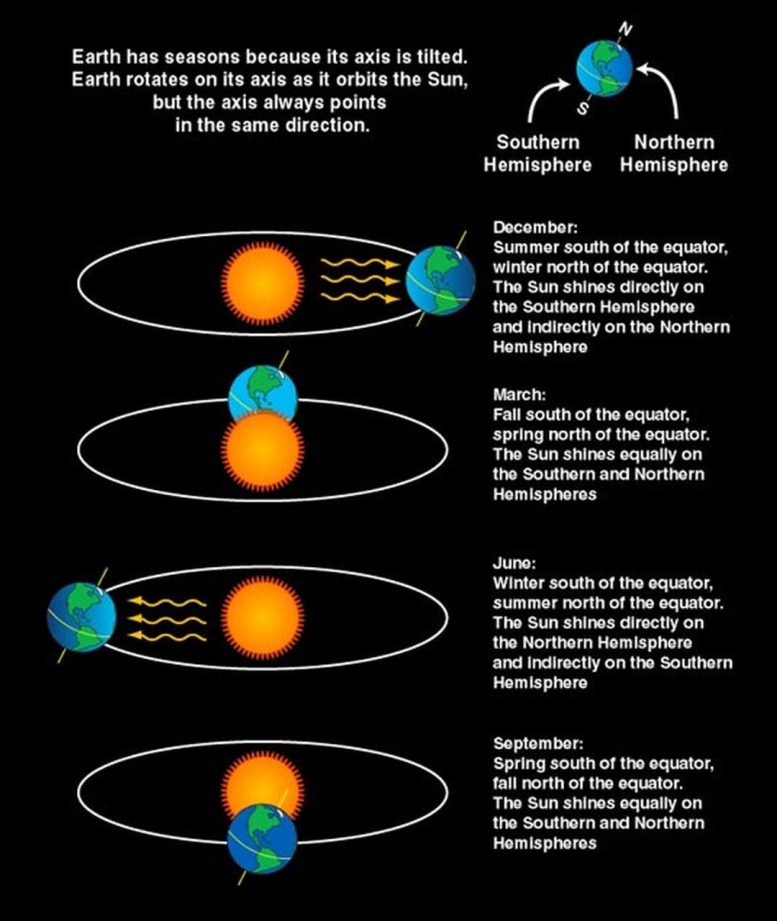
Pagan peoples who lived as pastoralists knew this fact from observable empircal evidence. Which is why when astrology developed as a science it gave a variance for the Equinox of two to three days, as well as for each of the sun signs, called cusps.
And why certain later pagan holidays and celebrations occur on or around the Exquinoxes and Solstices. Once again showing that 'primitive' traditions are not based on 'faith' but empirical observation.
Gee just like science.
The Equinox Error: The Fallacy of Fall's Arrival
Many people know that on the equinox, every location on Earth is supposed to get 12 hours of daylight. In fact, the term "equinox" means "equal night," signifying that the period of night should equal the period of daytime, and since the day is 24 hours long, we should have 12 hours of each.
This year, the September equinox occurs at exactly at 10:03 p.m. Mountain Daylight Time today (Sept. 22). At that moment, autumn (or fall) begins for the Earth's Northern Hemisphere.
So it might be expected that Sept. 22 would have exactly (or almost) 12 hours of possible sunshine and 12 hours of night. But it doesn't.
So the equinox occurs on the 22nd, but the days with 12 hours of sunshine come 3 or 4 days later. In the spring, the opposite effect occurs. As days get longer, the observed equinox comes a few days before the official equinox.Find blog posts, photos, events and more off-site about:
paganism, pastoralists, Equinox, Fall, Spring, Solstice, astrology, science, sun, earth, space, cosmology, astronomy,















